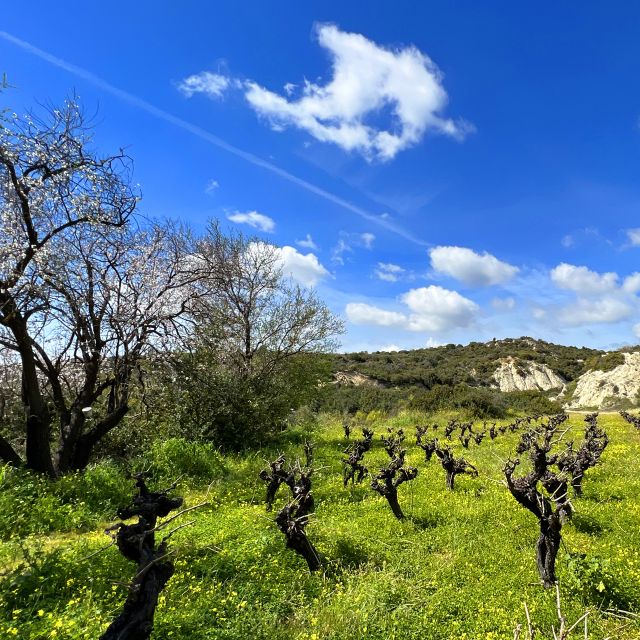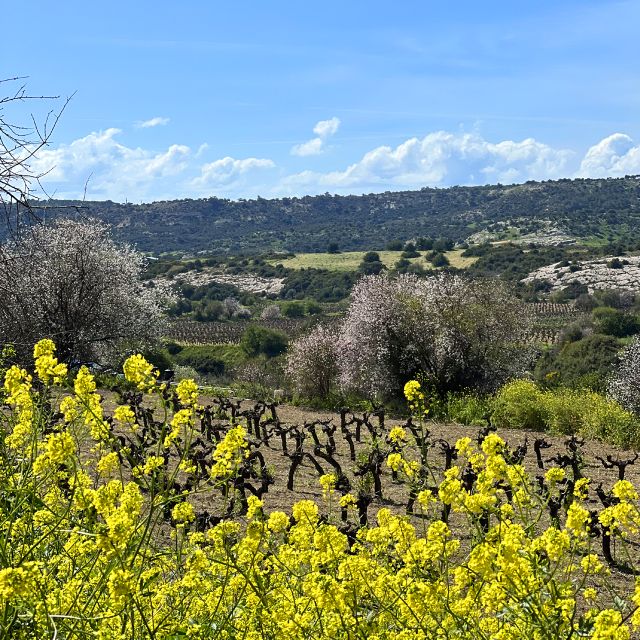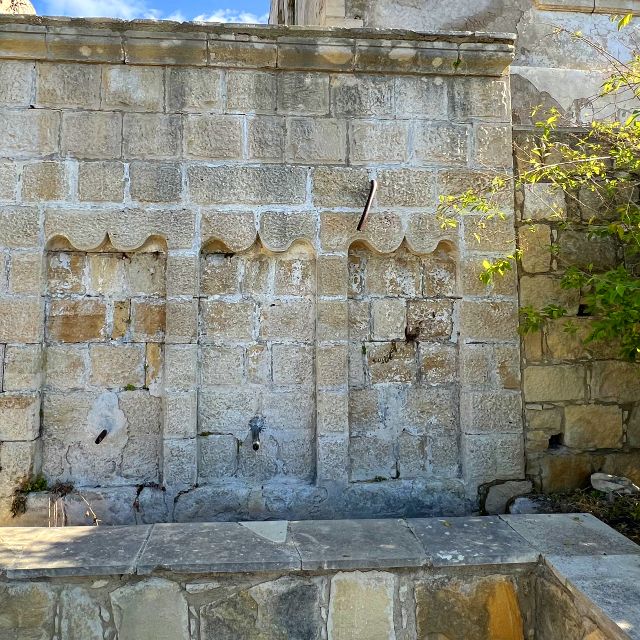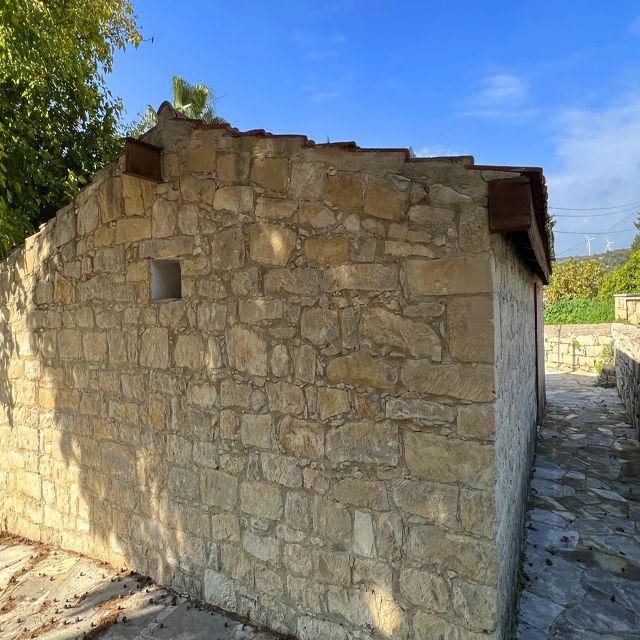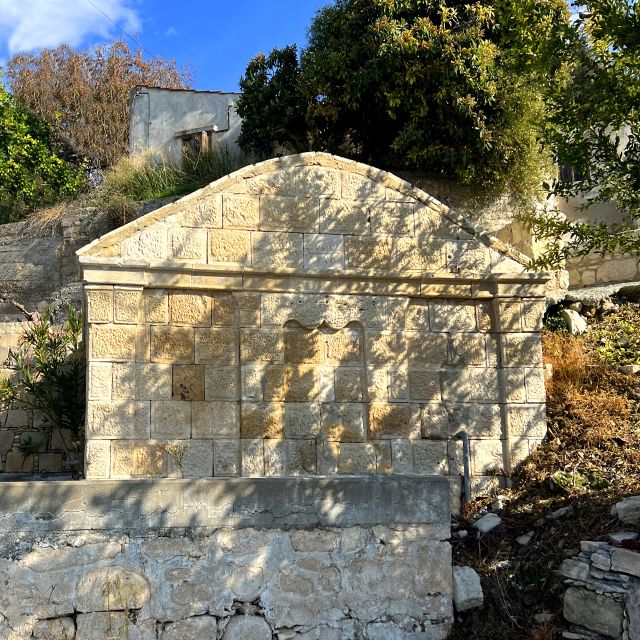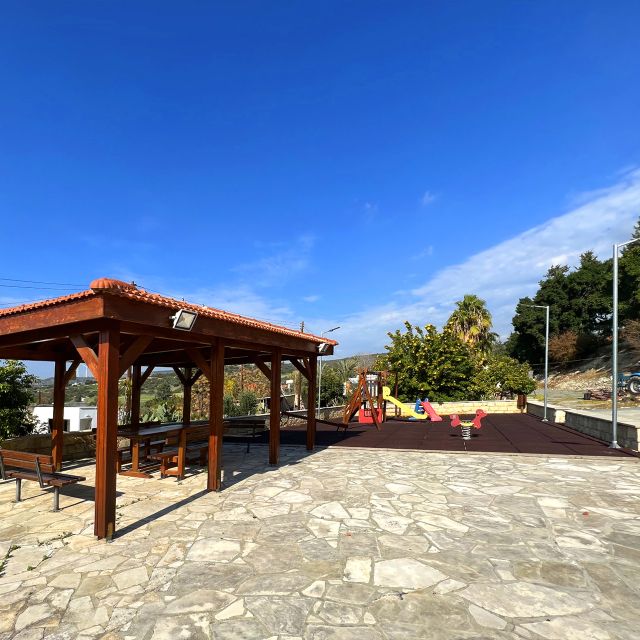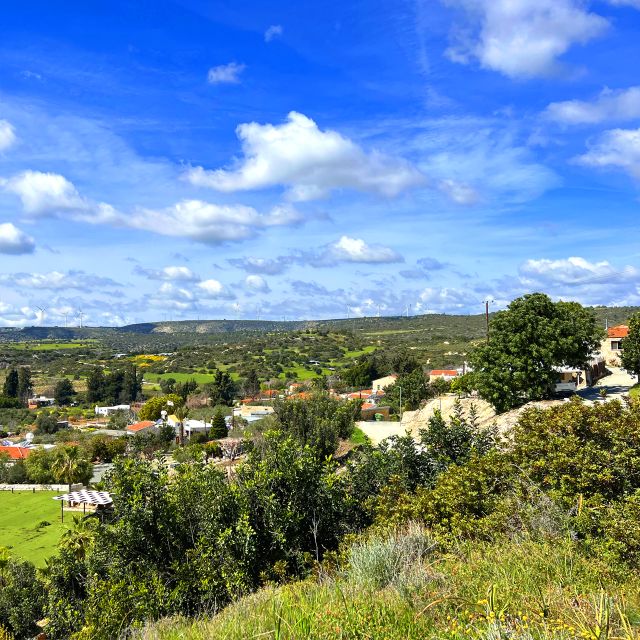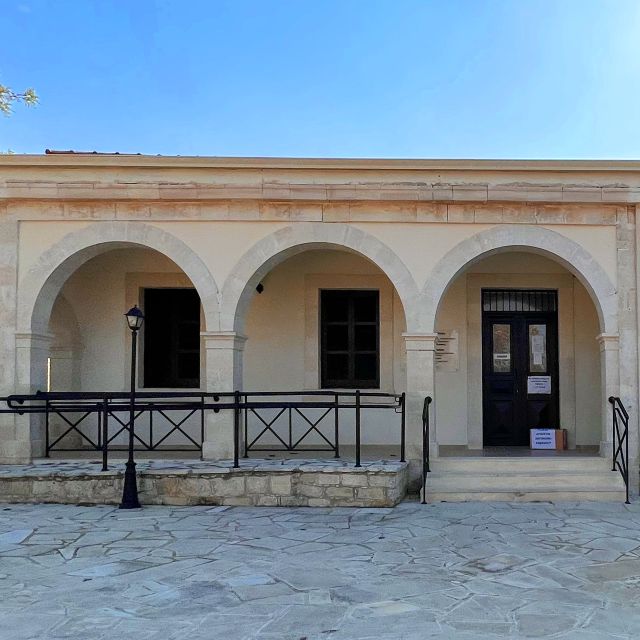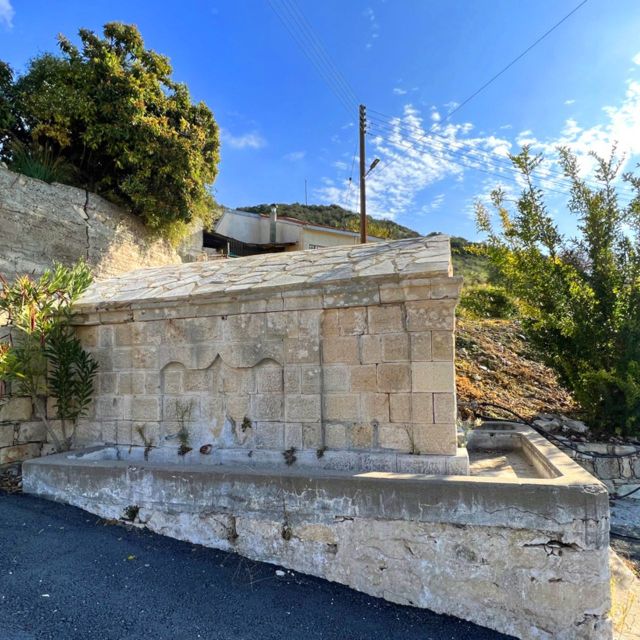Moameth Monument

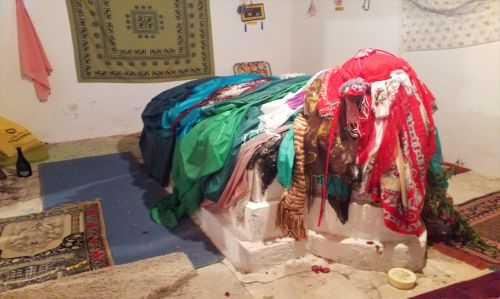

About Monument
Within the village, between the church of Agia Anna and the communal park, is a two-room building belonging to an eminent individual. Inside is a mausoleum constructed in the shape of a prism with steps. Before 1974, the building’s roof, which was known to be a significant site for pilgrimages and votive offerings, had collapsed and was repaired in 2005. There are numerous stories surrounding the tomb. The earliest rumour dates back to roughly 1885. According to the legend, a woman introducing herself as Hüzüru Sultan appeared in the dream of Hafz (Hodja) brahim Stk Efendi, also known as Büyük Hoca Efendi in Paphos, and asked him to construct his tomb and mausoleum, where he was interred. According to a legend, Hodjas Efentis visited the village for this purpose and prayed in the field where the current mausoleum is located. According to a second legend that dates back to shortly before 1946, the villagers used to tie their animals to the vacant spot where the grave is today. Hüzüru Sultan, who introduced herself as the sister of Zehra Sultan in Platanistia and Emetullah Sultan in Avdimos, kept entering the dream of the landowner and saying, “Don’t disrupt me by driving your animals over me. Build me my tomb,” When the owner of the field did not care, Hüzüru Sultan reappeared in his dream and told him that if he dug the field, he would discover gold, which could be used to construct his tomb. The peasant discovered the treasure by excavating the field, but he did not construct the tomb. After this occurrence, the entire family was afflicted with a disease that caused body convulsions. With the assistance of Maia Meryem Hanm from Limassol, a master craftsman named ükrü constructed his tomb in 1946 after several family members succumbed to this disease. The present room was constructed to house the tomb, which was constructed with some of the gold given by the field owner’s sibling and discovered during the excavation. The tomb, which is particularly accessible on Tuesdays, has grown in popularity in the region. Muslims continue to visit the mausoleum to cure ailing children. There are additional stories surrounding the tomb, particularly among the Turkish and Cypriot villagers of Alektora. Existing structure is situated in a tiny courtyard. It is a rectangular structure constructed with stones and firebricks gathered from the area. It is located underground. Once a single chamber, the west side of the mausoleum featured a porch with double arches. This porch led to the chamber where the tomb was discovered. The veranda was subsequently enlarged, roofed, and converted into a prayer hall. This room has two entrances, one leading to the north and the other to the south. This area is separated into two distinct naves by two low arches that run north to south. These arches support the room’s roof beam, timbers, and tiles. The inscription “Asiye ve M. Zeki 1946” can be found in the niche above the tomb’s entrance. Visitors bring headdresses and various fabrics to place on the grave’s surface. It is noteworthy that the first refugees to settle in the village observed nymphs’ dresses, embroidered handkerchiefs, half-damaged sacred books, and candelabra with oil and wicks hanging from the tomb’s walls. Excellent condition green satin cloth embroidered with gold letters adorned the burial. Visitors who are Turkish Cypriots today left similar tributes. NOTE: The stories regarding this particular mausoleum are taken from Tuncer Başkan’s op.


